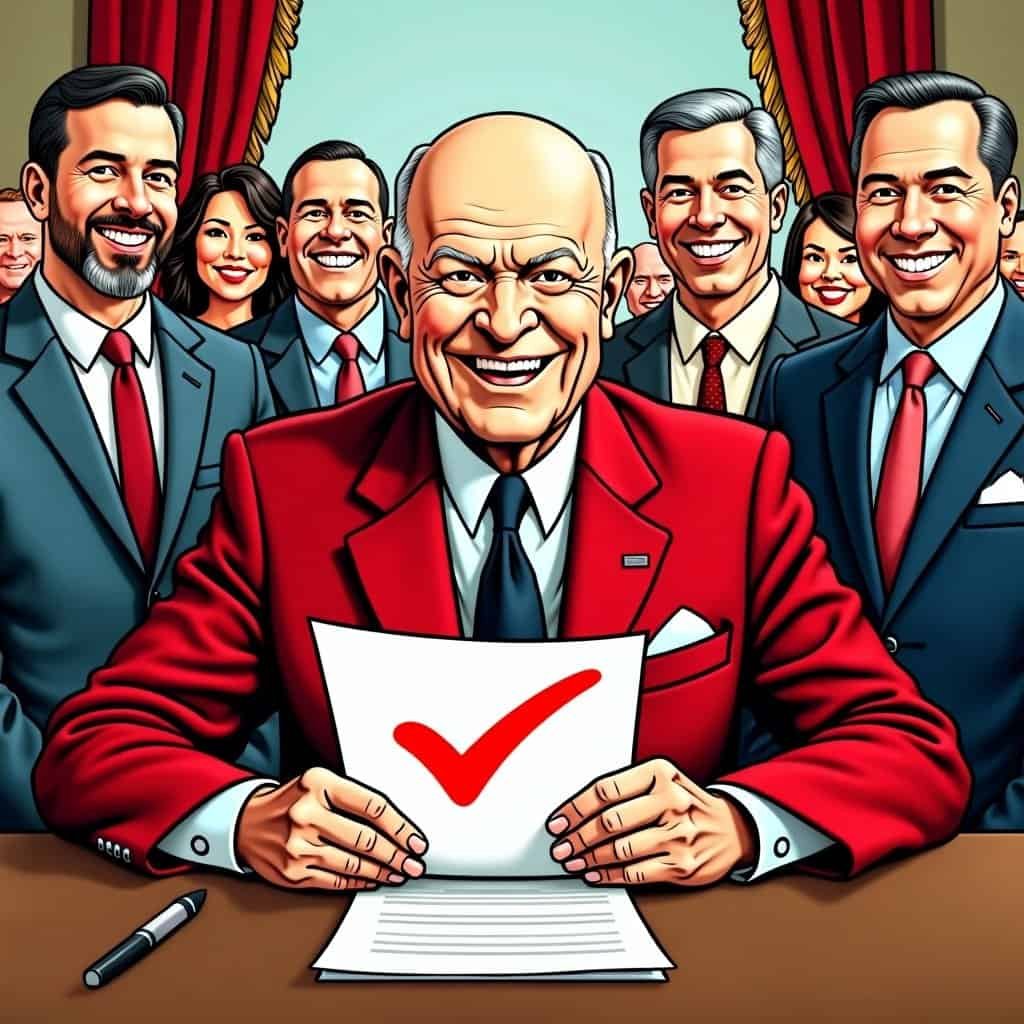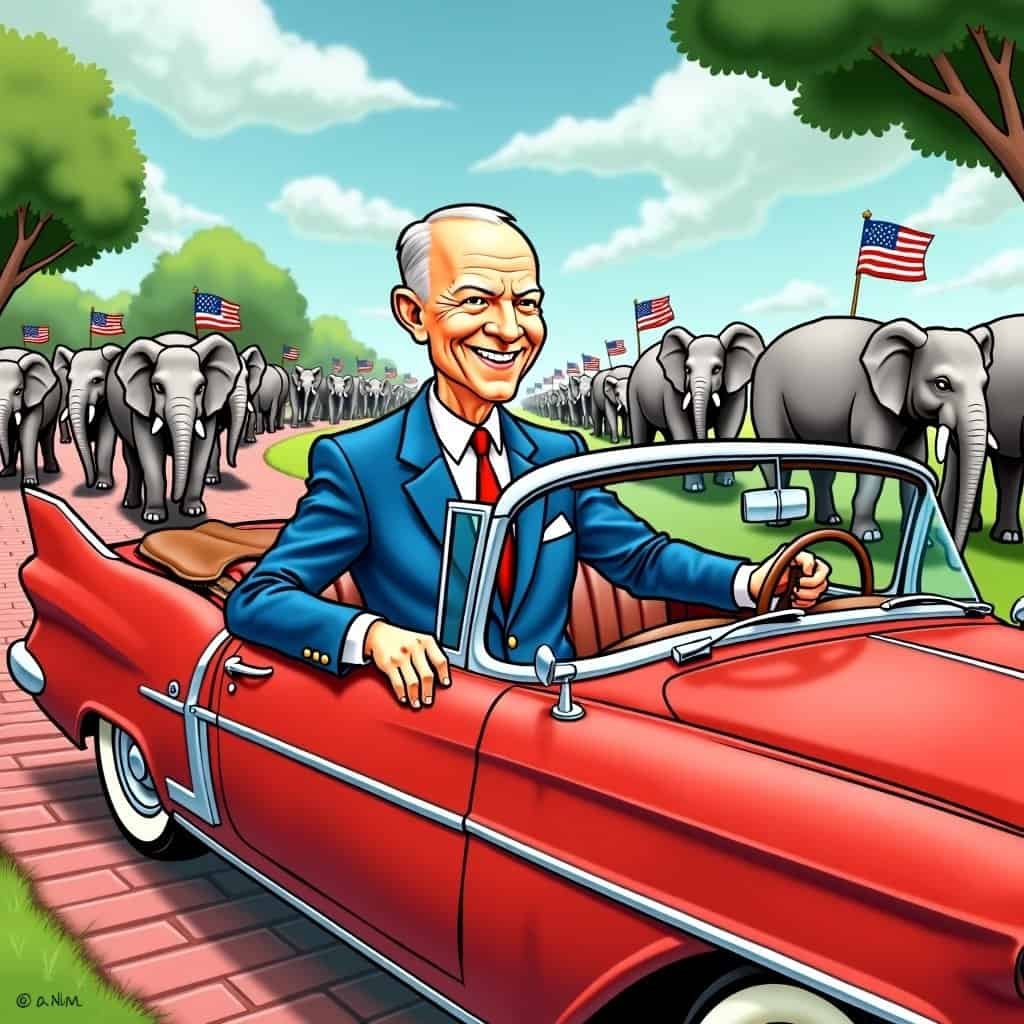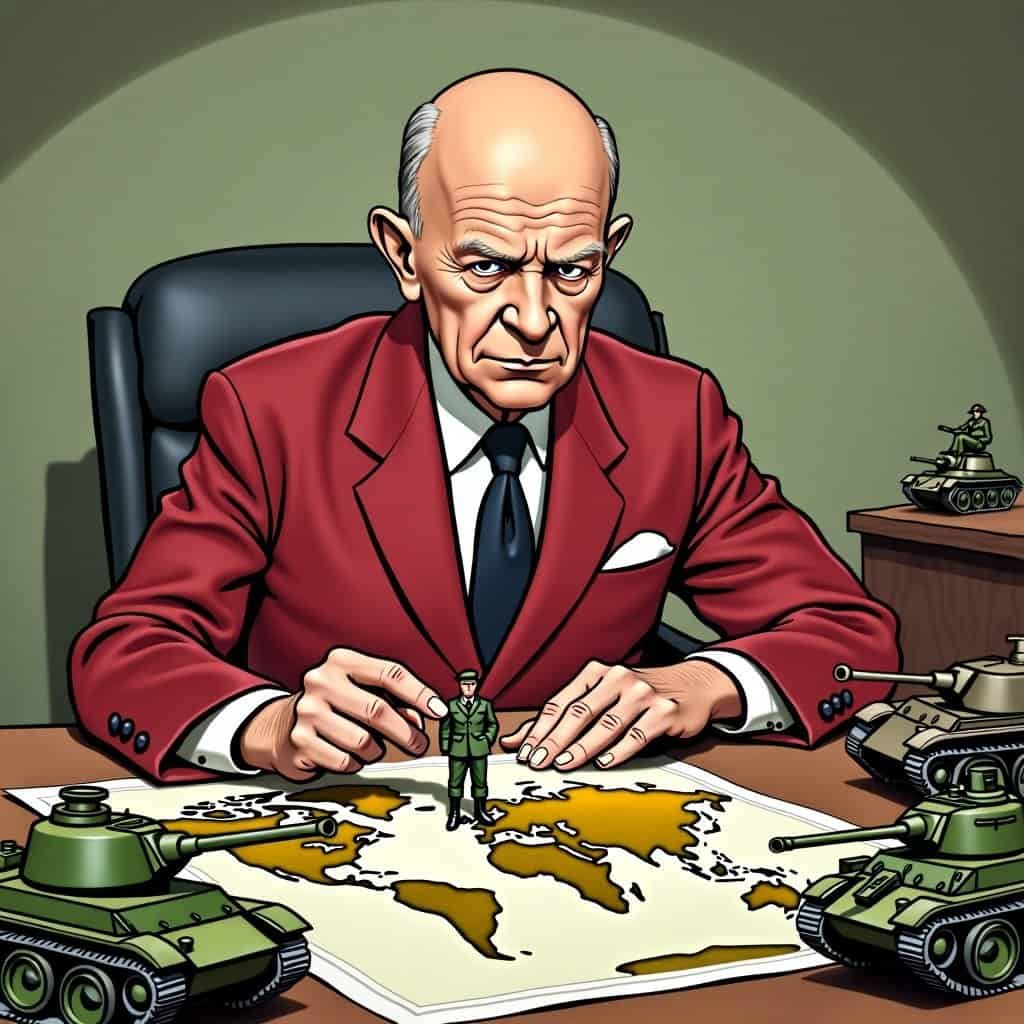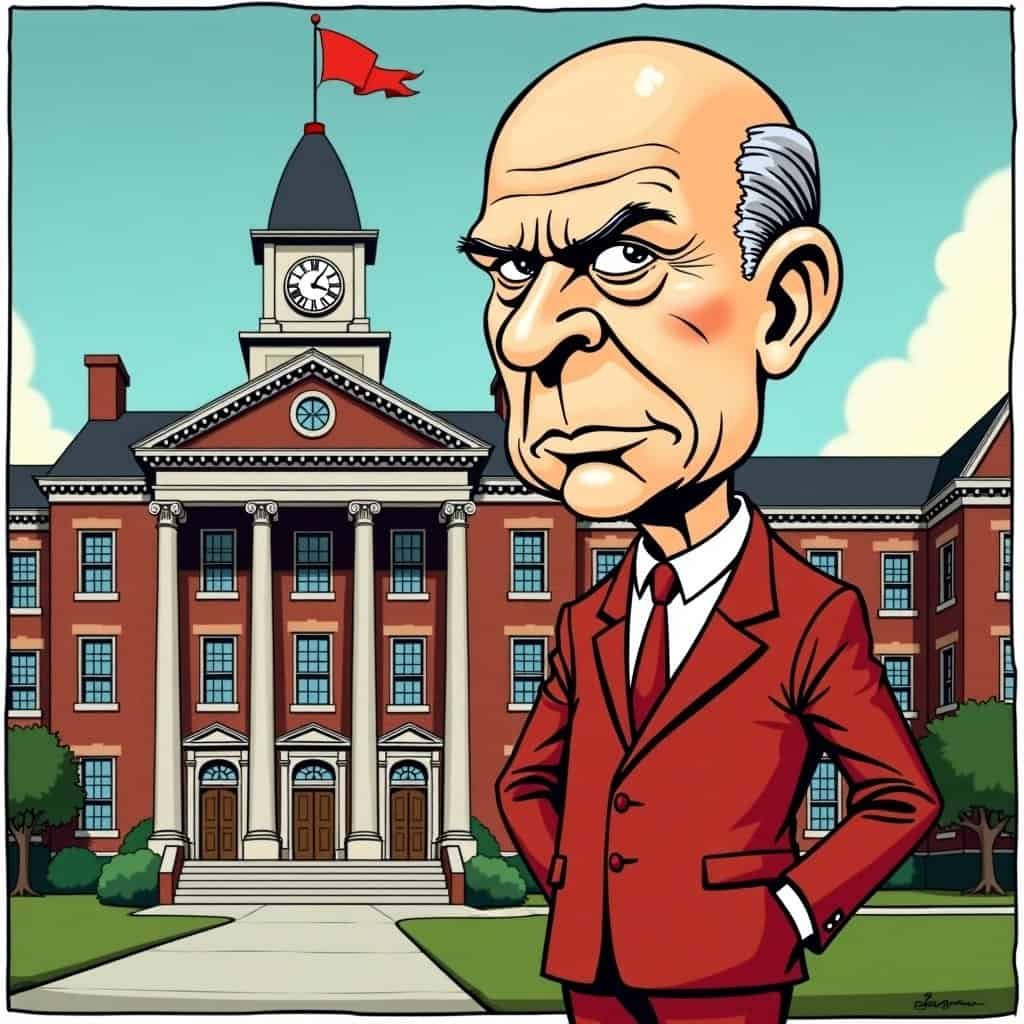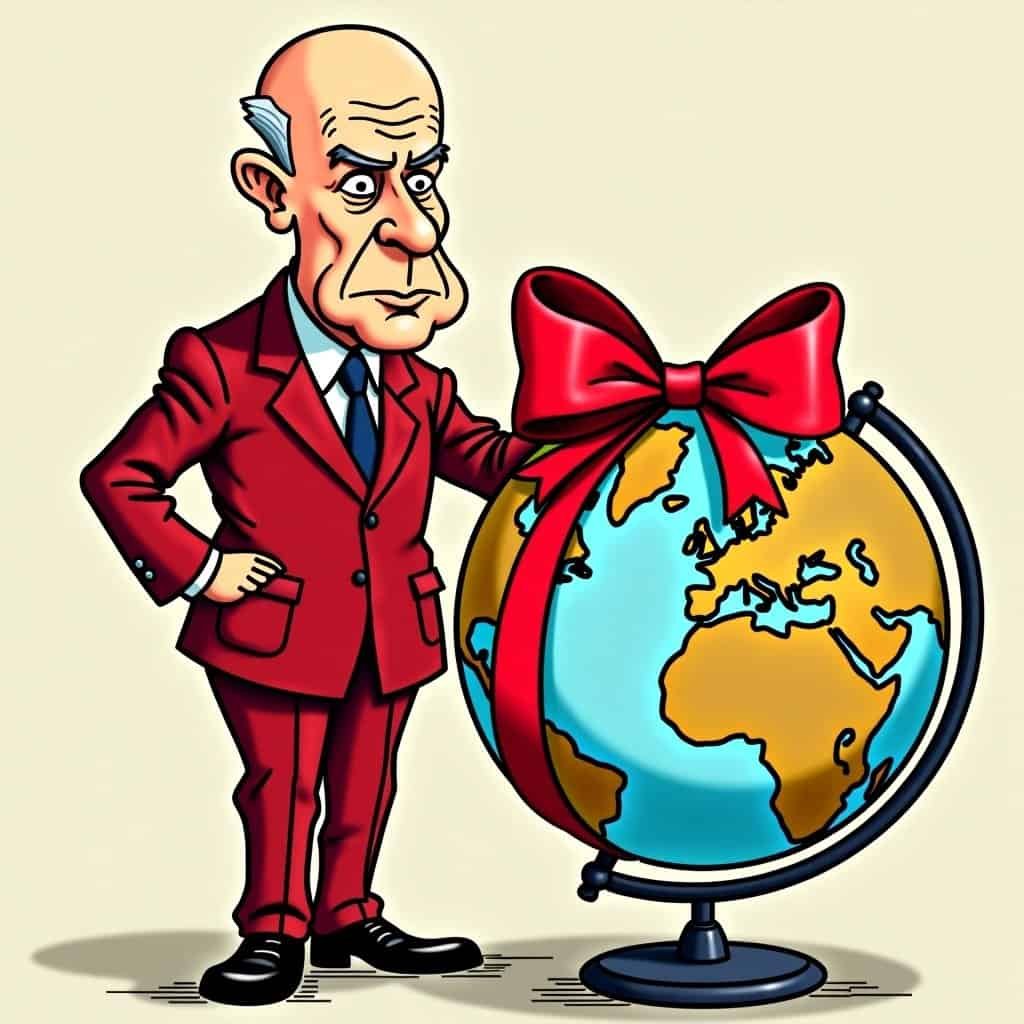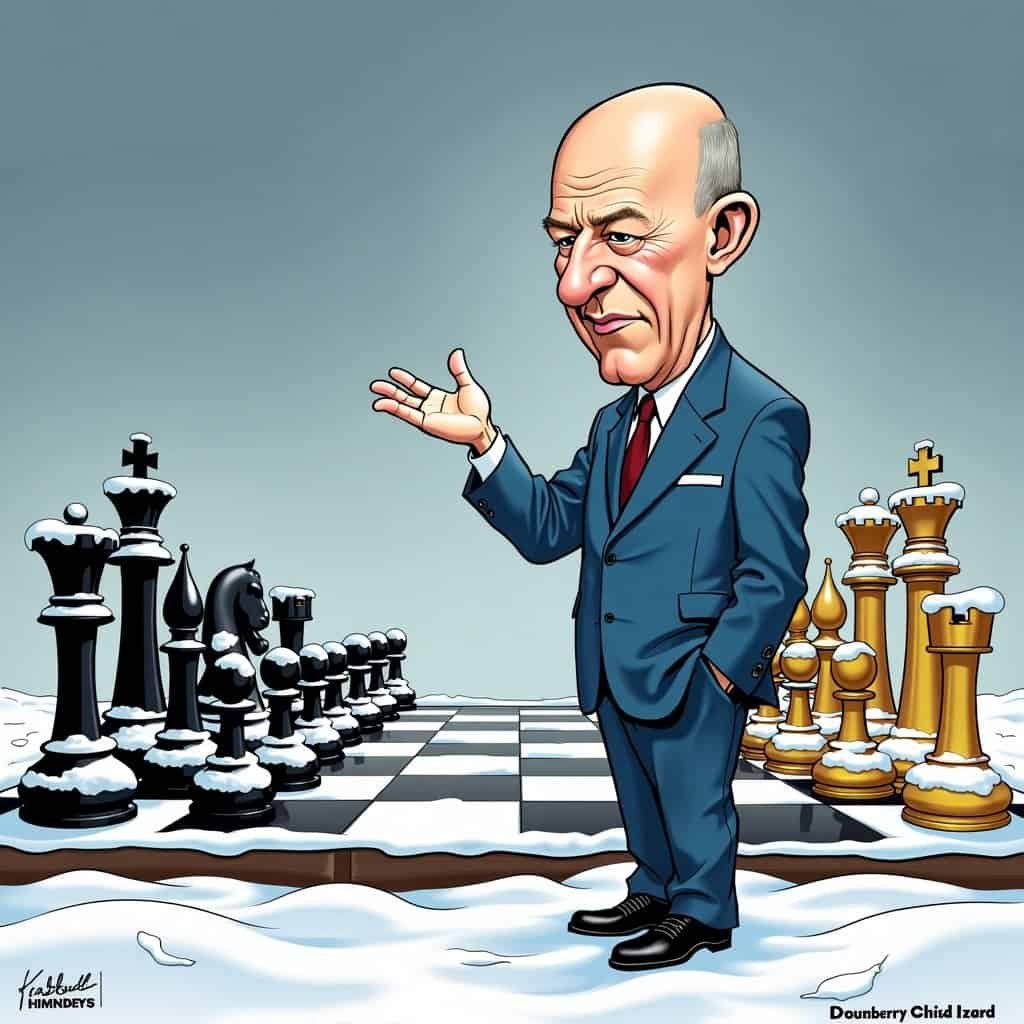Dwight D. Eisenhower isn’t typically the first name that pops up when discussing civil liberties champions. It’s like forgetting your grandmother’s pie recipe at Thanksgiving—an oversight! Ike, as he was known to his fans (and probably fewer critics), paved some interesting paths to civil rights during his White House tenure from 1953 to 1961.
Imagine the 1950s—a time of charming soda fountains, flashy cars, and oh yeah, segregation. Sounds like a real hoot, doesn’t it? Well, Eisenhower, known for his military precision, decided it was time to invite everyone to the dance floor, regardless of color. Liberals weren’t thrilled. “What’s next, equal pay?” they muttered. But Ike’s resolve was as firm as his love for Kansas golf greens.
Eisenhower’s conservative approach showed that meaningful change doesn’t require flipping everything upside down or tossing out the Constitution. He skillfully put in place subtle yet effective measures that cracked open the doors of opportunity, letting fresh air into the dusty halls of American civil institutions. Talk about civic spring cleaning!
Eisenhower’s Civil Rights Initiatives
So what’s the scoop on Eisenhower’s civil rights moves? While liberals were busy waving placards, Eisenhower took a more subtle approach: he signed the Civil Rights Act of 1957, the first of its kind since Reconstruction. Liberals argued it was just a tiny bandage on a gaping wound, but Ike knew sometimes a small procedure is better than chopping off the whole leg, metaphorically speaking, of course.
Civil Rights Act of 1957
First civil rights legislation since Reconstruction
Little Rock Central High School
Federal troops sent to enforce desegregation
Critics claimed it was all show and no substance. But boy, were they wrong! Eisenhower was cooking up something big. He knew that good things come to those who wait. His Act might not have had the spice some wanted, but it set the stage for the bigger changes America would soon see. Talk about playing the long game!
Under his watch, Eisenhower also sent federal troops to enforce desegregation at Little Rock Central High School. That’s right! The guy who planned D-Day knew a thing or two about strategic moves. When he sent those 101st Airborne troops, he basically said, “A promise is a promise!”—a belief every good conservative can get behind. It was like introducing predators to balance an ecosystem—it made things right again.
It’s easy to chuckle at Ike’s slow-and-steady approach, but look at where we are now. Wouldn’t you rather have a carefully crafted solution than a rushed, messy fix? Eisenhower bridged a time when politics was like a high school reunion—exciting but a bit awkward—while sticking to the original idea of equality set by the Founding Fathers.
Eisenhower might not have been Martin Luther King Jr., but maybe he didn’t need to be. They both moved America towards equality—just in different ways. Where one gave speeches, Ike took action. In the race between liberals and conservatives, Eisenhower’s strategy was like the tortoise while the hares sprinted towards socialism—only to nap while the tortoise crossed the finish line.
In the end, Eisenhower played his cards right. He found a way to blend old-school values with new ideas without making America break a sweat. Ike’s work on civil rights was a slow burn—exactly the conservative way, pushing for progress but not so fast that it made the “pull yourself up by your bootstraps” crowd uncomfortable. Here’s to America, Ike, and grandma’s pie recipes for making such tasty history!
